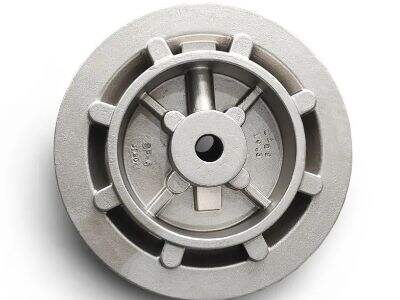Wax-loss casting is a very useful technique for producing objects with complex forms. This we allows us to make the same kind of intricate/delicate designs which would be nearly imposible or fragile with other processes. One of the benefits of wax loss casting is that you can use it to create very thin-walled objects, which is essential in some cases. Now let’s see how wax loss casting allows us to create ornate designs, intricate shapes and thin walls.
Advantages of wax loss casting on complex configurations
If we want to create something with a lot of details, like one jewelry piece or small sculpture, then wax loss casting is an excellent option. This is a technique that enables us to form designs that have very small details and one would find it difficult to come up with them in a manually way. The wax model employed in this practice can be extremely complex with difficult to create patterns and textures.
The process behind wax loss casting and the making of complex shapes
Coating’s lovely for making things of complex shape, also. This allows us to create objects with a lot of curves and angles, which can be hard to pull off when you are using traditional casting methods. Using wax, which can be formed and sculpted, we can make detailed shapes that are not only aesthetically pleasing, but functional.
The flexibility in the high speed wax loss casting of thin and delicate designs
One of the amazing things about the wax loss casting process is that it can create parts with very thin walls. This matters for items like jewelry or small parts that must be lightweight and delicate. For example, we can build objects with extremely thin walls and they’ll still be strong and capable of withstanding heavy use, made possible by the use of a special wax material that can be melted away.
Reaching accuracy with wax loss casting
Wax loss = Real Fucking Precise, and enables us to get a shit ton of detail into the designs. This method requires a wax pattern that is identical in shape to the desired final piece in order to ensure that every tiny detail is present in the final product. This precision is essential when it comes to projects that require accuracy and attention to details.
Analysis of wax-loss casting forming for complex shape and thin walls
The process of wax loss casting can appear overwhelming, but in reality it’s quite simple. A wax model of the item is formed in the wax-like material. This wax model is then covered in a ceramic shell, which will serve as the mold for the final product. The resulting void is the space where the molten metal can be poured. After the metal is cooled and solidified, the ceramic shell is broken off to yield the final product.
Table of Contents
- Advantages of wax loss casting on complex configurations
- The process behind wax loss casting and the making of complex shapes
- The flexibility in the high speed wax loss casting of thin and delicate designs
- Reaching accuracy with wax loss casting
- Analysis of wax-loss casting forming for complex shape and thin walls

